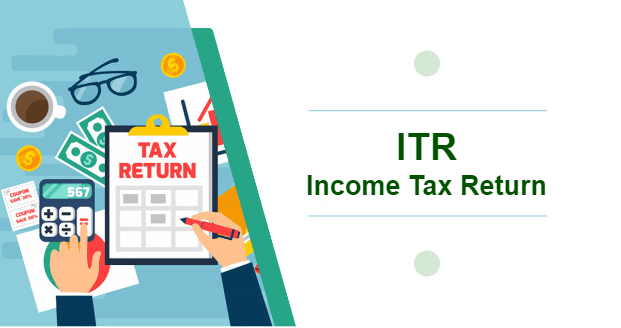Here’s a complete guide on filing your Income Tax Return (ITR)
Gather Required Documents
Form 16: This document, provided by your employer, details your income and TDS (Tax Deducted at Source) for the financial year.
Investment Proofs: Collect documents for deductions, like life insurance, public provident fund (PPF), and health insurance (Section 80C, 80D, etc.).
Bank and Interest Statements: These are necessary if you earn additional income from interest or capital gains.
Loan Interest Certificates: For deductions on home loan interest under Section 24(b).
Previous Year’s Return: This helps in calculating carry-forward losses if any.
Register or Log in to the Income Tax e-Filing Portal
Visit the Income Tax Department’s e-Filing portal.
If you are a first-time filer, register using your PAN (Permanent Account Number).
Returning users can log in with their PAN and password.
Select the Right ITR Form
Choose the correct ITR form based on your income type:
- ITR-1 (Sahaj): For salaried individuals with income up to Rs. 50 lakh.
- ITR-2: For individuals with income from residential property, capital gains, or other investments.
- ITR-3: For individuals with income from a business or profession.
- ITR-4 (Sugam): For those under presumptive income schemes.
Choosing the right form is crucial, as filing with an incorrect form can lead to rejection.
Download and Fill the ITR Form
You can either file online through the portal or download the ITR utility from the portal to fill offline.
Online Filing: This is recommended for simple cases. The portal auto-populates details if your PAN is linked to your bank accounts, saving time.
Offline Utility: Download the relevant Excel or Java utility, fill in your details, and upload it once completed.
Fill in Income and Deduction Details
Include all sources of income: salary, interest, rental income, capital gains, etc.
Fill out deductions under Sections like:
- 80C: Life insurance, PPF, NSC, tax-saving FDs, etc.
- 80D: Health insurance.
- 80G: Donations to charity.
- 80E: Education loan interest.
Be accurate, as this information will be cross-checked by the IT department.
Validate All Entries
After filling in all details, verify each section carefully.
Confirm that income, deductions, and tax paid are correctly entered to avoid errors.
Calculate Tax Liability
The portal automatically calculates your tax liability after deductions.
Make sure your TDS (if any) matches the amount shown in Form 26AS (Annual Tax Statement), available on the IT portal.
Pay Additional Tax if Required
If your tax liability exceeds TDS, pay the balance using Challan 280 through Net Banking.
After paying, ensure the paid tax is reflected in your records.
Submit and Verify Your ITR
Upload the filled ITR form. You will receive an acknowledgment.
Verify the return to complete the process. Options include:
Aadhaar OTP: Sent to your registered mobile number.
Net Banking: Verification through linked bank accounts.
Send ITR-V: Print, sign, and send the physical acknowledgment (ITR-V) to CPC, Bangalore if unable to e-verify.
Save Acknowledgment
Once verified, download the ITR acknowledgment (ITR-V) and keep it for future reference.
This document is proof of filing, which may be required for loan applications or financial transactions.
Filing Tips
File Early: Avoid last-minute errors and technical issues on the portal.
Use Correct Details: Ensure PAN, bank details, and income sources are accurately mentioned.
Seek Assistance if Needed: For complex cases, consult a tax professional to avoid mistakes.
Filing your ITR can be simple with proper planning. Make sure to follow each step to avoid penalties and maintain good tax compliance.
PLEASE READ MORE ARTICLE WITH AWADH TIMES
